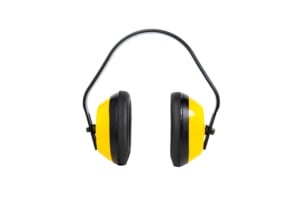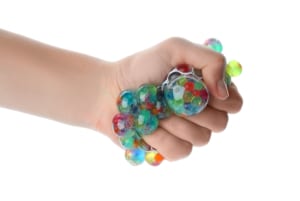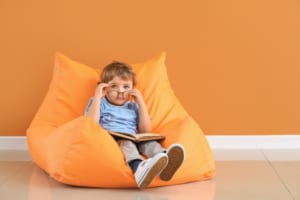Расслабленные представления: Поддержка исполнителей и зрителей
 Учить
Учить
The term relaxed performance emerged around 2015 and simply means that the performance supports audience members (and performers) in experiencing the show with accommodations that make the experience more accessible, whether they need more or less sensory stimulation, need to stand up and move, need easy access to the bathroom, or a space to take a break, etc.
 Пытаться
Пытаться
Identify—and make known—what supports are available: If you’re able to provide headphones/sunglasses, fidget tools, reserved aisle seating, break space, etc.
 Пытаться
Пытаться
Announce before the show that this is an inclusive space: It is okay to make noise and enjoy yourself during the show, or get up if you need to.
Совет по дистанционному обучению и обучению:
Offering a breakout room where participants can engage in their own sensory experience at home, away from the main event, can be an excellent way to incorporate inclusive practices into your digital facilitation.






